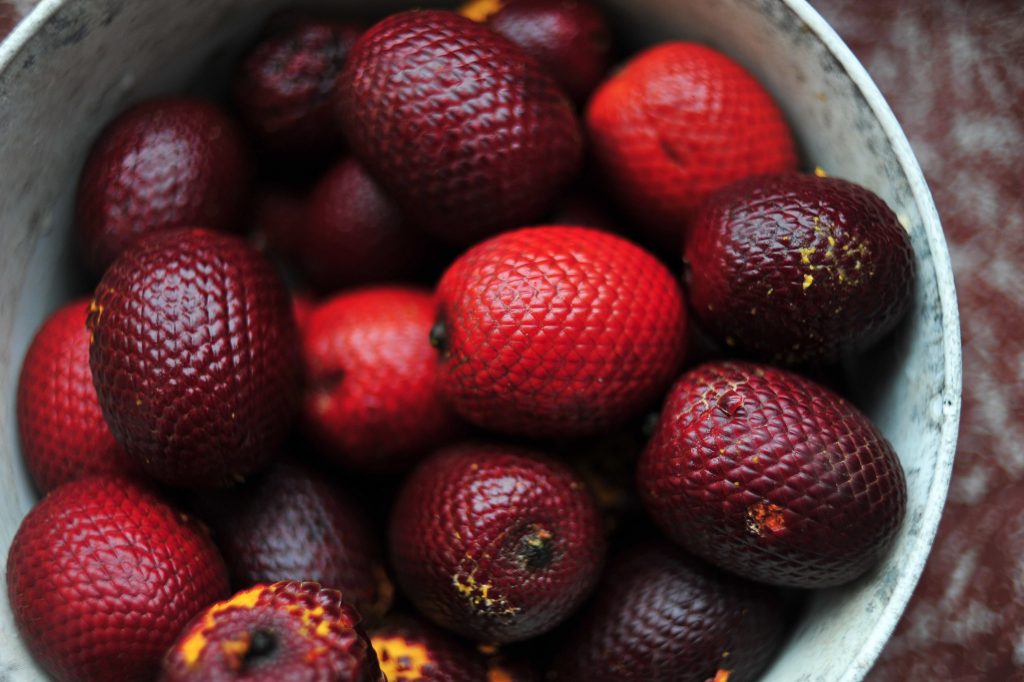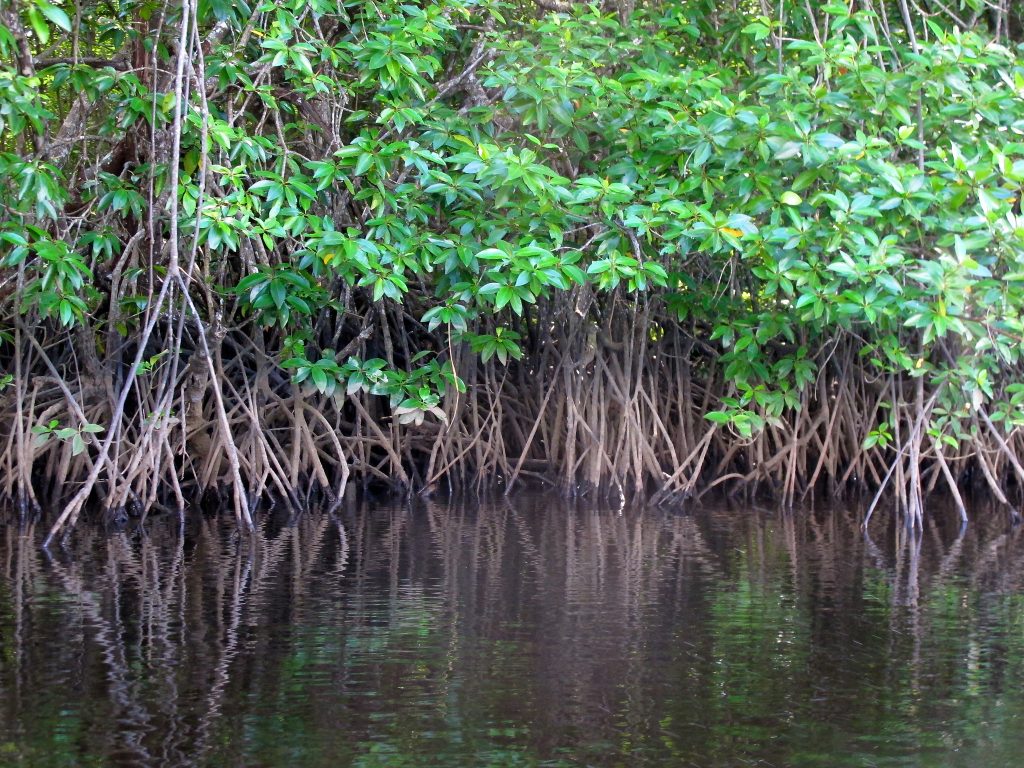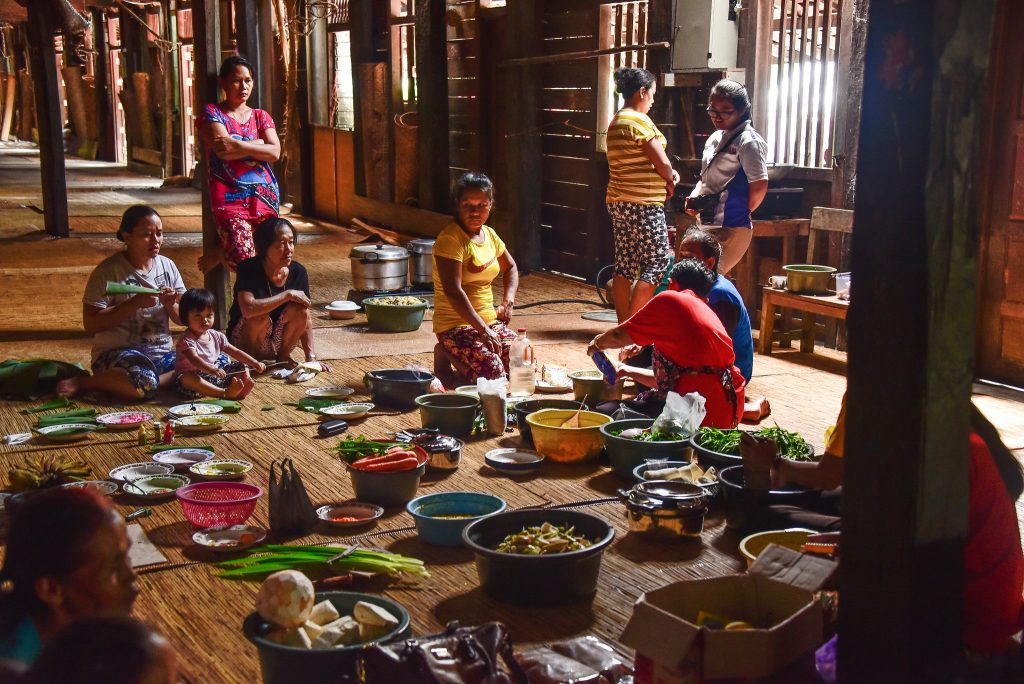This year’s international day of women and girls in science (11 February 2021) focuses on the role of Women Scientists at the forefront of the fight against COVID-19. FTA has long acknowledged both the important role of women in the fight against the pandemic and their importance to build back better, increasing resilience of agricultural systems. At the same time, we have stressed the fact that women, especially rural women, are often among the most vulnerable of categories, suffering greatly from the consequences of this global pandemic.
Today, 11 February 2021, the 6th International Day of Women and Girls in Science Assembly will be held at the United Nations Headquarters virtually. Its theme is specifically: Beyond the Borders: Equality in Science for Society. We chose to focus on this topic, as FTA has always given gender equality a vast space in its research.
Women scientists have a particular viewpoint: they faced in their own personal experience many of the challenges deriving from social norms and obligations, but through their studies, they have also acquired knowledge and intellectual strength to overcome these. At the same time, they are constantly researching for solutions to wider, planetary problems. This is why their testimonies are so powerful: they bridge sectors, they go beyond borders.
This year we had the pleasure to talk with Houria Djoudi, senior CIFOR-ICRAF scientist. Houria has 20 years of work experience in understanding human and ecosystem interaction in different socio-ecological systems in North and West Africa and Central Asia.
We asked Houria about her personal story: how and why did she choose to become a scientist? What were her challenges? Our conversation touched upon many themes, from the times she was a girl, in a little Amazigh village, hiding on the slopes of the Djurdjura mountains of Algeria. She explained to us about her realization, early in life, that nature represents the greatest treasure we have. This mountainous landscape was shaped by old cedar and oaks trees, olives and figs. Through the ancestral practice of drying figs, her parents would store fruits for the cold winters, securing nutritious and delicious sweets. Houria remembers how important these were during her long morning walks to reach school, a taste that “warms the body and gives a young child the feeling that life is inestimable”.
“I owe my entire life to the trees, and so do the lives of my parents, grandparents and all our ancestors. From here comes my deep respect for the farmers, many of which women, who feed their families and the world. With the force of their body and the strength of their minds and spirit, and with their millennial knowledge, these people are able to transform even the most harsh landscapes into places full of life and diversity, where humans, animals, trees, stones, rivers all are one.”
Houria also focused on challenges: the desire to fight against the injustice she saw being perpetrated to her indigenous community while trying to personally overcome many of the hidden or visible limits inherent in social norms and values. “Women can encounter those lines and borders everywhere,” she underlines.
But today, as a senior scientist at CIFOR-ICRAF and looking back at her life, she realizes that not shying away from these difficulties had a truly transformative power. “Every adversity I faced made me stronger and sharpened my understanding and my determination to overcome barriers,” she says now with energy.
“There are unfortunately still too many reasons why a woman can feel vulnerable in the scientific community, some of them are very subtle and hard to grasp. What I want to say to all the young women scientists is: I know women have the power to transform vulnerabilities into strengths and resilience, and this is the first step to transform the world into a better place.”
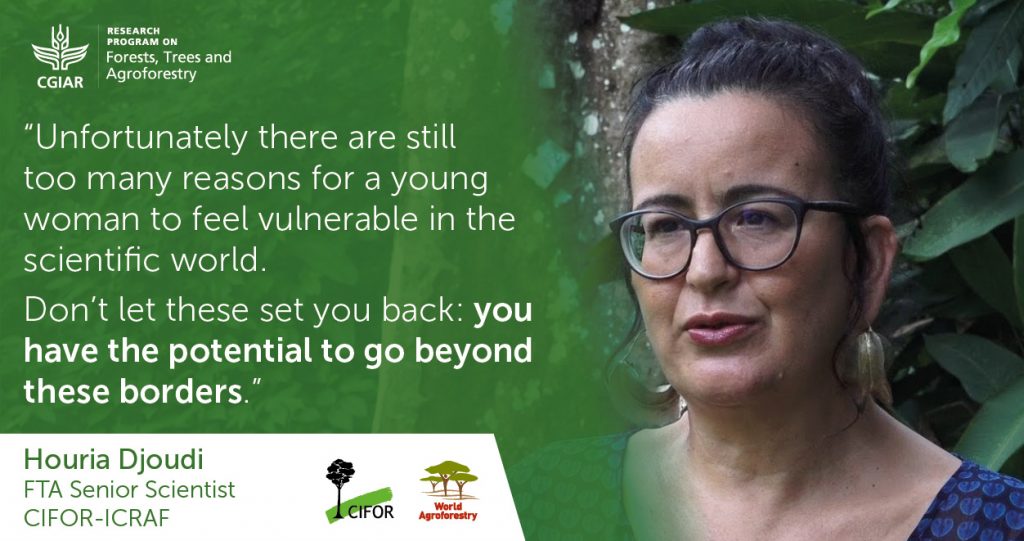
***
After talking with Houria, we interviewed a junior scientist on her decision and experience in choosing the path of science for life. This year we had the pleasure to talk to Pamela Tabi, a Cameroonian living and working in Yaoundé. Pamela started working at CIFOR as an intern in 2011 while doing her master’s research on the VPA FLEGT programme in Cameroon’s community forests. After obtaining graduating with her MSc degree and a short period in the private sector she was recruited as Research Assistant at CIFOR-ICRAF in the GML Project (Governing Multifunctional landscapes in Sub-Saharan African countries). The project aims to develop strategies to sustainably manage wood fuel value chains. Pamela’s interests lie in many aspects of the forest sector: illegal logging, community forestry, forest certification, and woodfuel value chain. Let’s meet her!
This year the UN Assembly will be discussing the theme: “Beyond the Borders: Equality in Science for Society” – what does this mean for you? Should it be rather “equity”? Did you have to cross a lot of borders to get where you are now?
Before answering this question, it is important to define “equality” and “equity.” From my perspective, “equality” means provide the same/similar consideration among gender, race, disability, etc. allowing people to achieve the same level of competences. “Equity” means considering the divergences/differences among people and allowing people, even the most vulnerable, and designing pathways to have access to the same opportunities.
For me, “Beyond the Borders: Equality in Science for Society” means to allow everybody in the field of sciences the same opportunities. Speaking overtly about equity could highlight the necessity to consider the differences among people before assigning them certain tasks or positions.
I struggle a lot to be at the level where I am. As a woman and a mother, I could be perceived as a person who has too many hurdles and might not give the best of herself to achieve the planned milestones, compared to someone has less social obligations. In this situation, I find myself sometimes working double to prove my skills and meet expectations.
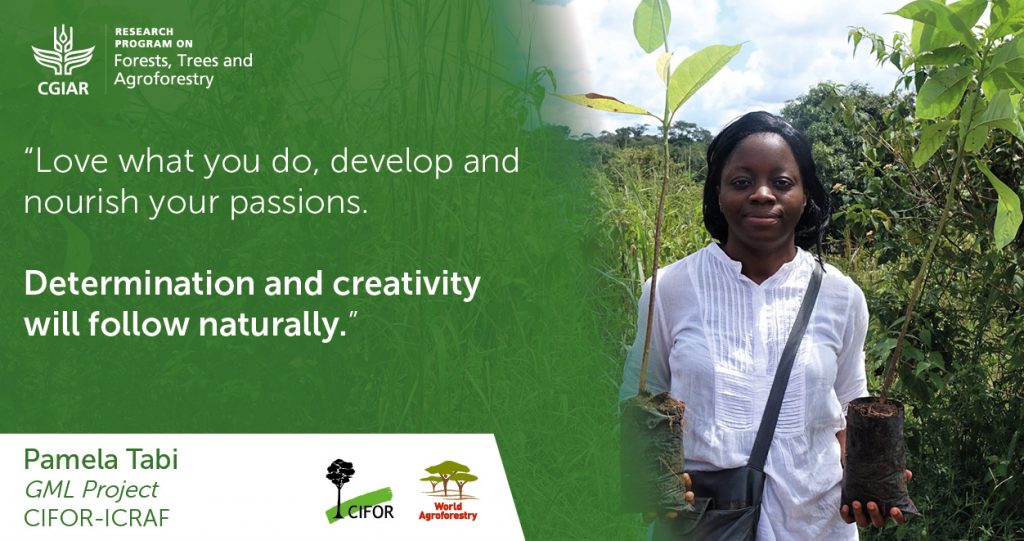
Did science bring more equality in your life? How? Was it a path of (internal/external) challenges? Which ones and how did you overcome them?
I learned a lot from my experience as a young scientist woman. In my daily life, science did not directly impact me, but a scientist’s profession has many challenges. First, we have to dig into the internal. We shall be transformed in our way to see and analyze things and to view the external. Sometimes, we have to reduce or be selective of the social activities that we attend. Some of our relatives don’t always understand those transformations. The best way to overcome those challenges is to speak out with them and invite them into our universe!
Tell us when you decided you were going to be a scientist? How did that happen? Was there a “spark” that made you take this decision?
In my understanding, having a Ph.D. degree can have more opportunities, responsibilities and be recognized worldwide as a scientist.
Is there a significant anecdote from your family life or your academic life that has impacted your decision to pursue a scientific career? Which one?
The passion truly sparked when I was working on my bachelor’s degree. One of our professors organized a 3-day trip to learn more about biodiversity and inventory methods for flora and fauna. The time I spent in that forest, without electricity, without a network signal, surrounded by trees: it was just amazing. That experience instilled in me a huge desire to become a forester for life.
What is the most important feature to become a scientist (determination, creativity, etc.)? Why? What would be your advice to a young girl undecided whether to study science or not?
The most important feature is to love what you do and have a passion for that. Then, determination and creativity will follow naturally. When you love your job, you don’t feel like it’s work, because what you do is an integral part of your life. My advice for a young girl is, first of all identify what you want to dedicate your life to and then, whether it should be in the field of science or not, give yourself all the means to achieve your goal. People will see your determination, detect your talent and open the right doors to you.
Why is achieving gender equality in the scientific community essential for you?
Because women have so much to offer, equality can be beneficial to the community as a whole and individually for many women who perceive the scientific environment giving them less opportunities. There are many examples – from the most famous French scientist Marie Curie, the Senegalese Rose Dieng-Kuntz, and the Lithuanian-American astrophysicist Vera Rubin.
Rubin famously said, “There is no scientific problem that a man can solve that a woman cannot.”
Any other thing you’d like to add?
I want to encourage agencies and funding organizations which support research to keep their belief, their confidence and their hopes on what woman can deliver in the field of science.
The last word will be to thanks all those who had faith in me and who allowed me to be where I am. There are more and more challenges to be achieved. Science is waiting for us. The show must go on! Thank you for the opportunity given for this interview.
By the FTA Communication Team.
This article was produced by the CGIAR Research Program on Forests, Trees and Agroforestry (FTA). FTA is the world’s largest research for development program to enhance the role of forests, trees and agroforestry in sustainable development and food security and to address climate change. CIFOR leads FTA in partnership with ICRAF, the Alliance of Bioversity International and CIAT, CATIE, CIRAD, INBAR and TBI. FTA’s work is supported by the CGIAR Trust Fund.














